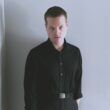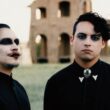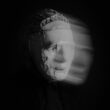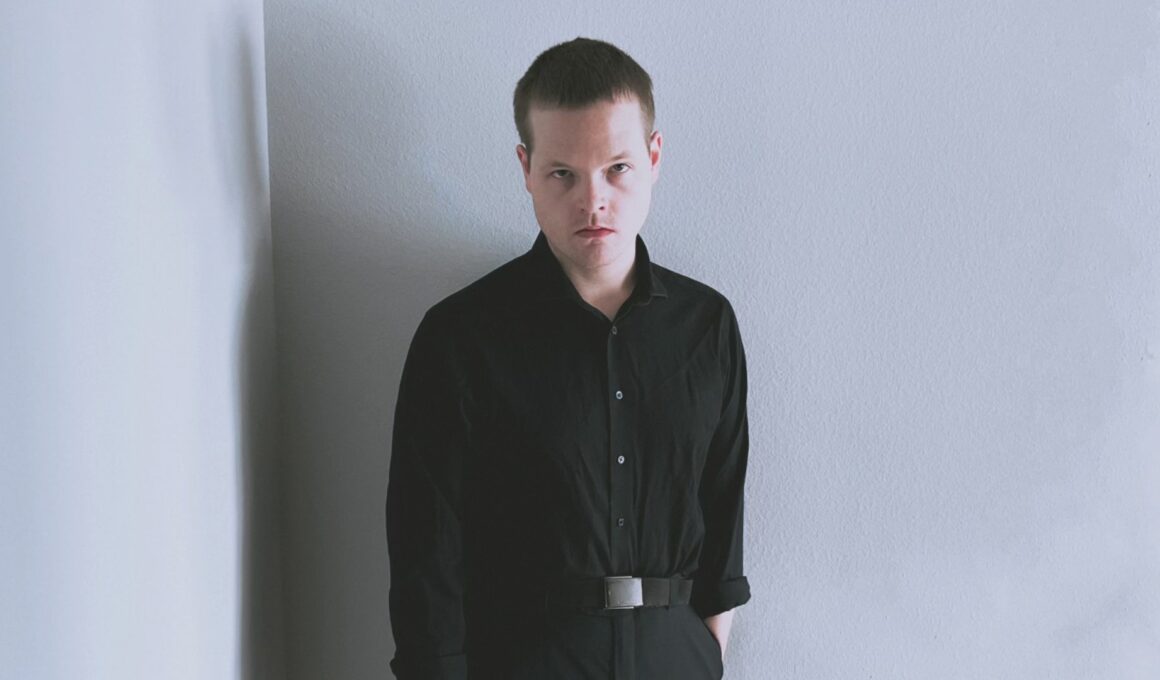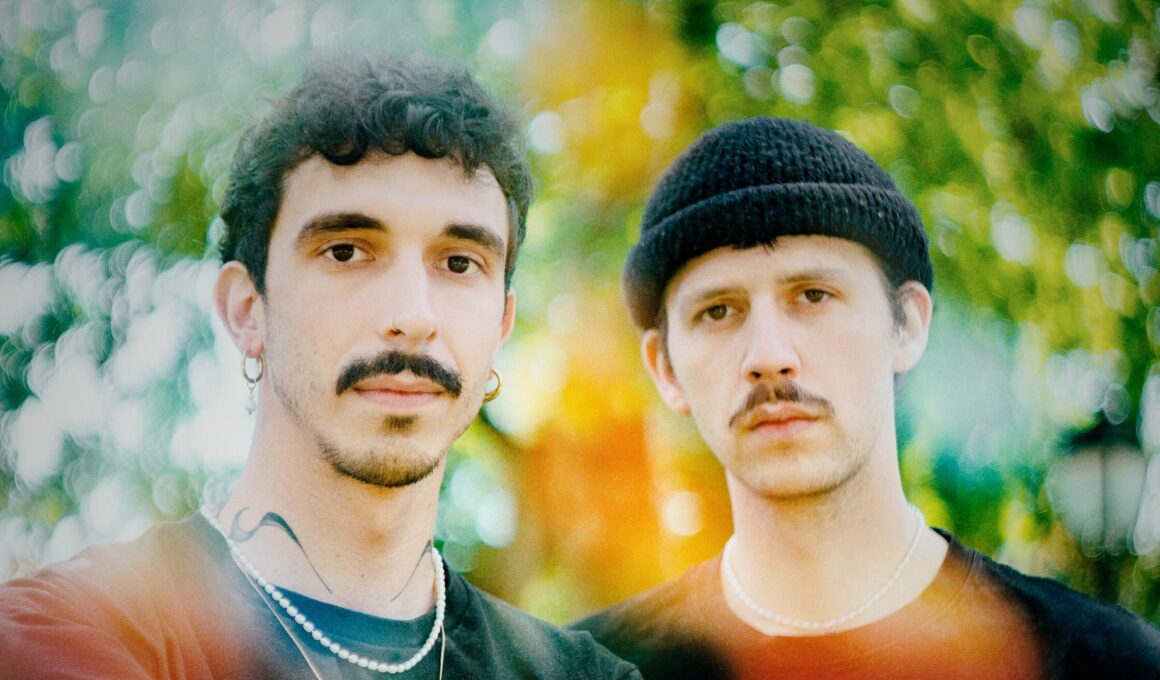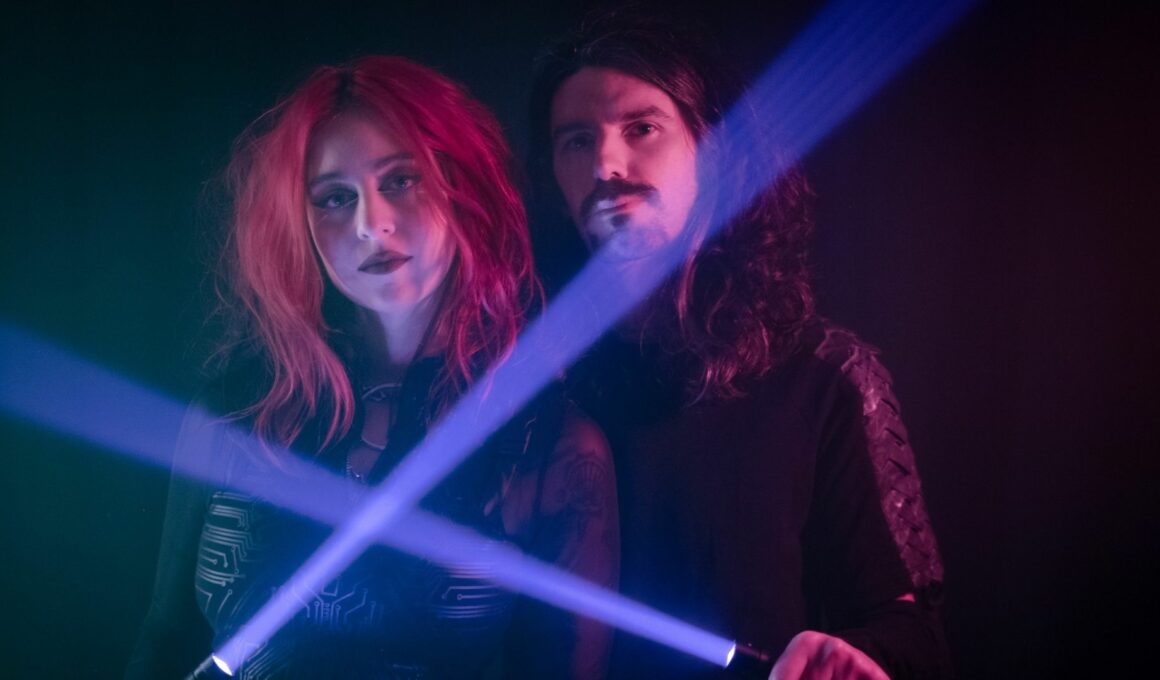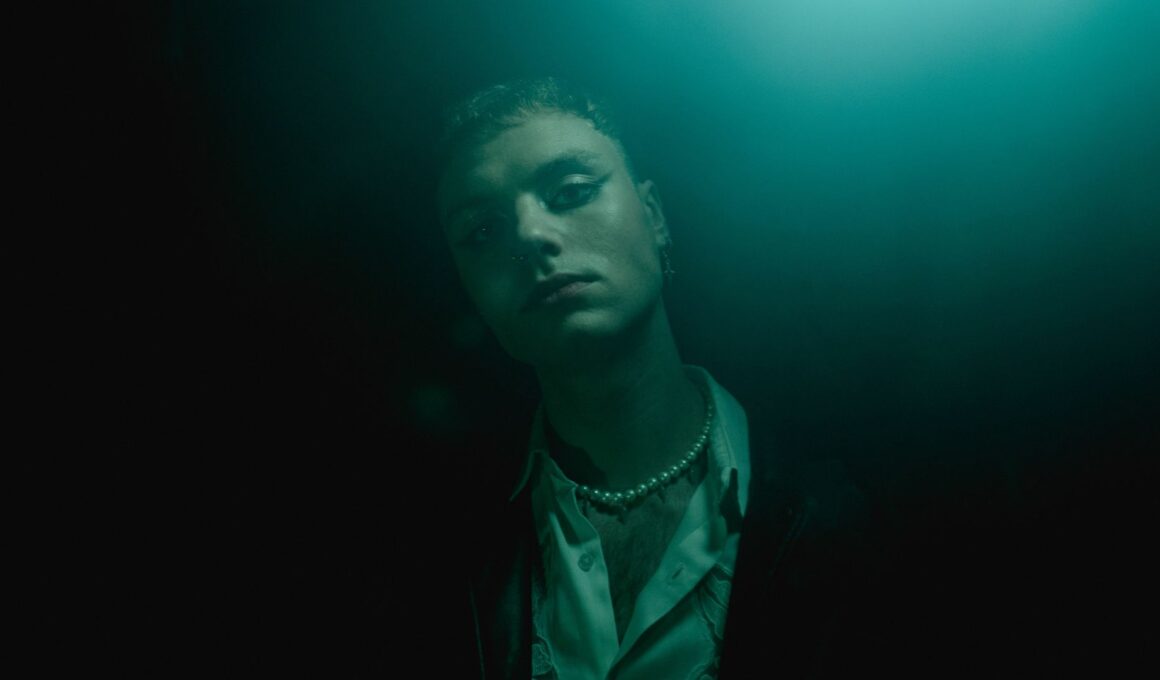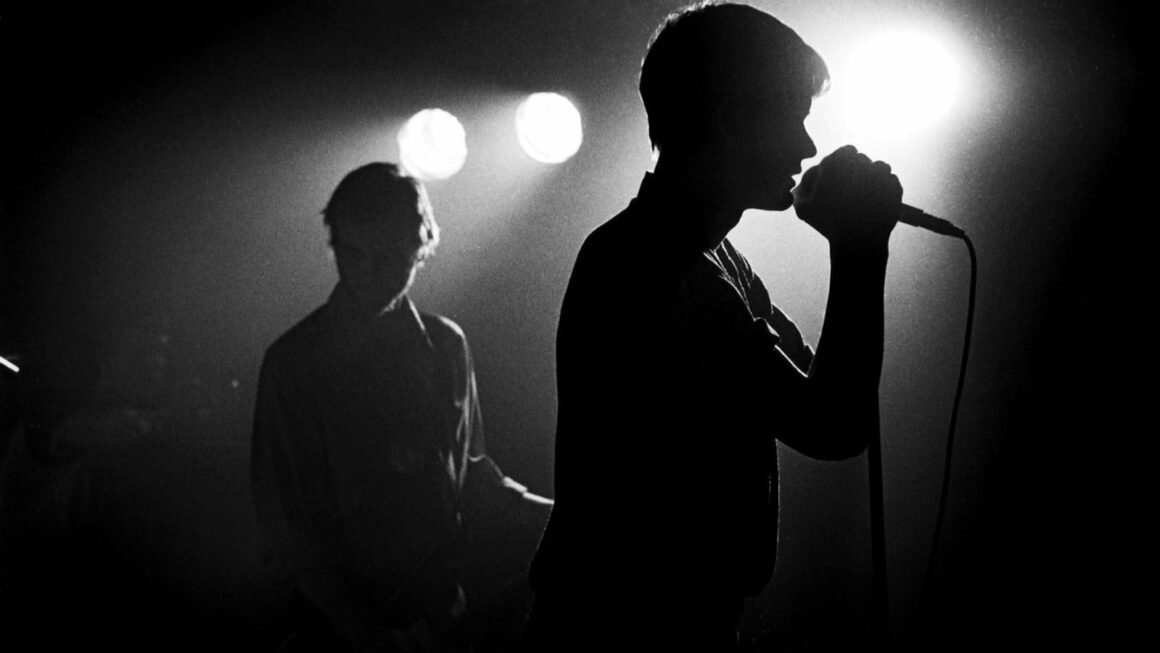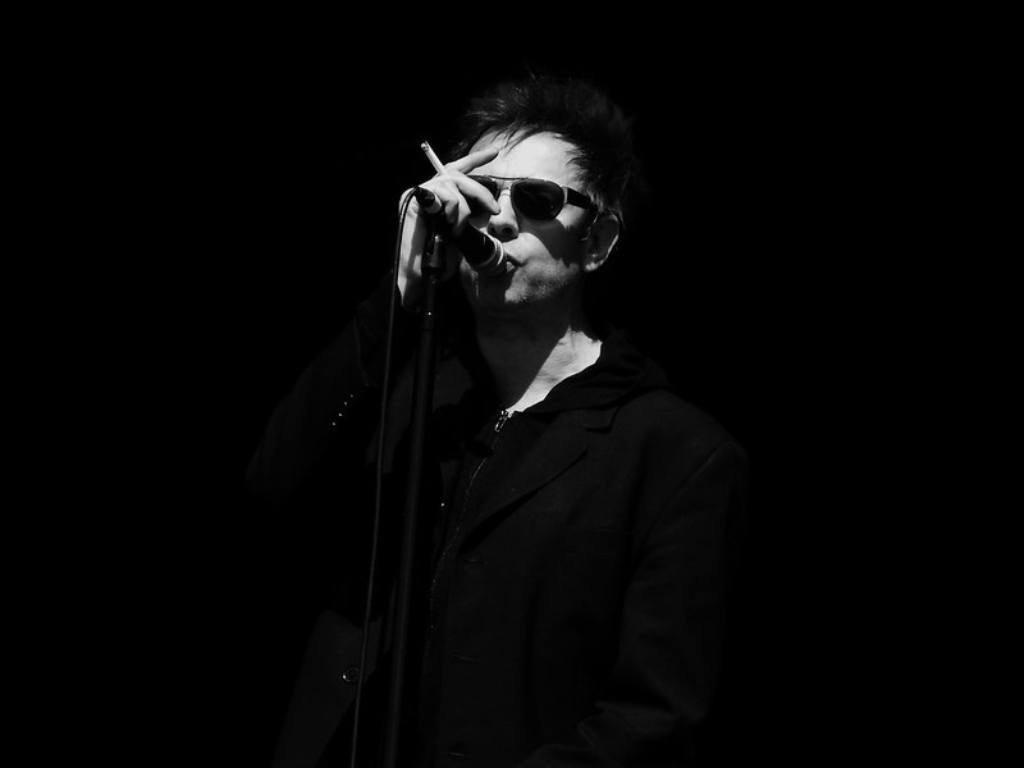
Echo & The Bunnymen Live In London ‘83
How the ease of a concert brought the band closer together and paved the way to their future success.
Like many other bands that evolved during the 80s, Echo & The Bunnymen filled a spot in the underground of punk, goth, and post punk. Yet, their influences and social make up hinted at larger force. The band never seemed afraid to both hopping on trends and dropping them, driven by an unknown yet powerful inner trajectory. Initially, the band featured a drum machine for the percussion. With this setup, the band released their debut single, “The Pictures on My Wall,” in May 1979. Later in 1980, however, Pete de Freitas joined the band, replacing the drum machine and adding a human touch for their second full length studio LP.
Echo did start off not knowing where to fit. Even their name came from a handful of half-humorous suggestions from a friend, chosen because it was “equally ridiculous” as all the others. However, this was potentially positive. Not taking any role too seriously, they explored all corners of the musical underground. They even rubbed elbows with ska-punk legends Madness and Bad Manners early on in their career, and this more upbeat energy might have helped them score hits later on.
But back then, one could argue that the band perhaps still lacked a common driving force. Their previously uncertain trajectory as to their place in the scene meant that their 1983 concert at London’s famous Royal Albert Hall was a decisive moment which essentially brought them closer together. More so than any other show they had played before, they began to exercise a hypnotic pull over their audience. The show offered a moment in which all energy seemed to flow the right way. The camaraderie amongst the band and fans set a precedent for the release of “The Killing Moon” the year after. This saw them becoming if not a household name, at least an underground cult classic with some serious credentials. At the heart of it, it was really this unifying ability which made this particular performance so memorable.
Footage of the concert shows something between punk and goth, jam session and proper performance. The band took care to include make-or-break instruments such as violin and cello to properly represent their catalogue onstage, but also weren’t afraid to let their hair down. And if this mixed way of performing came about from their eclectic early influences, it was only a good thing – the crowd adored it. They didn’t even bat an eyelid when, near the end, frontman Ian McCulloch broke into a couple of bars from “Light my Fire” by The Doors. The joy of these surprises was evidence that they loved Echo’s patchwork way of doing things.
The atmosphere and their new songs tied the band tightly to their fans and opened things up for “Porcupine” and “The Killing Moon” to become such big hits in the USA. Priming their local fans allowed hype to spread by word of mouth through the underground music press, setting them up for ultimate success. Where the cohesion really happened was with the prestige of their venue, which gave band and audience real common ground for the creation of iconic memories. It’s natural the cohesion of a band affects performance, but London was a real catalyst for their success the following year. This was the point where stars aligned, and the band was permanently brought closer both with each other and to their fans.
So, if Echo & the Bunnymen lacked a cohesive musical identity before this gig, they definitely didn’t afterwards. Having gone from deep within the post punk underground to playing with ska bands to things further afield, Echo finally managed to hone their live act with something which was uniquely theirs. It didn’t have to be classified – it just was. And in an era where the health of a music scene really depended on the energy live acts put into it, this helped catapult them to a place of substantial underground following nationwide. Without London, they might not have had the momentum for their conquest of America with Ocean Rain. But like with any band, a show is what you make it – and on that one night, London was turned from a mere opportunity to an iconic gig.

